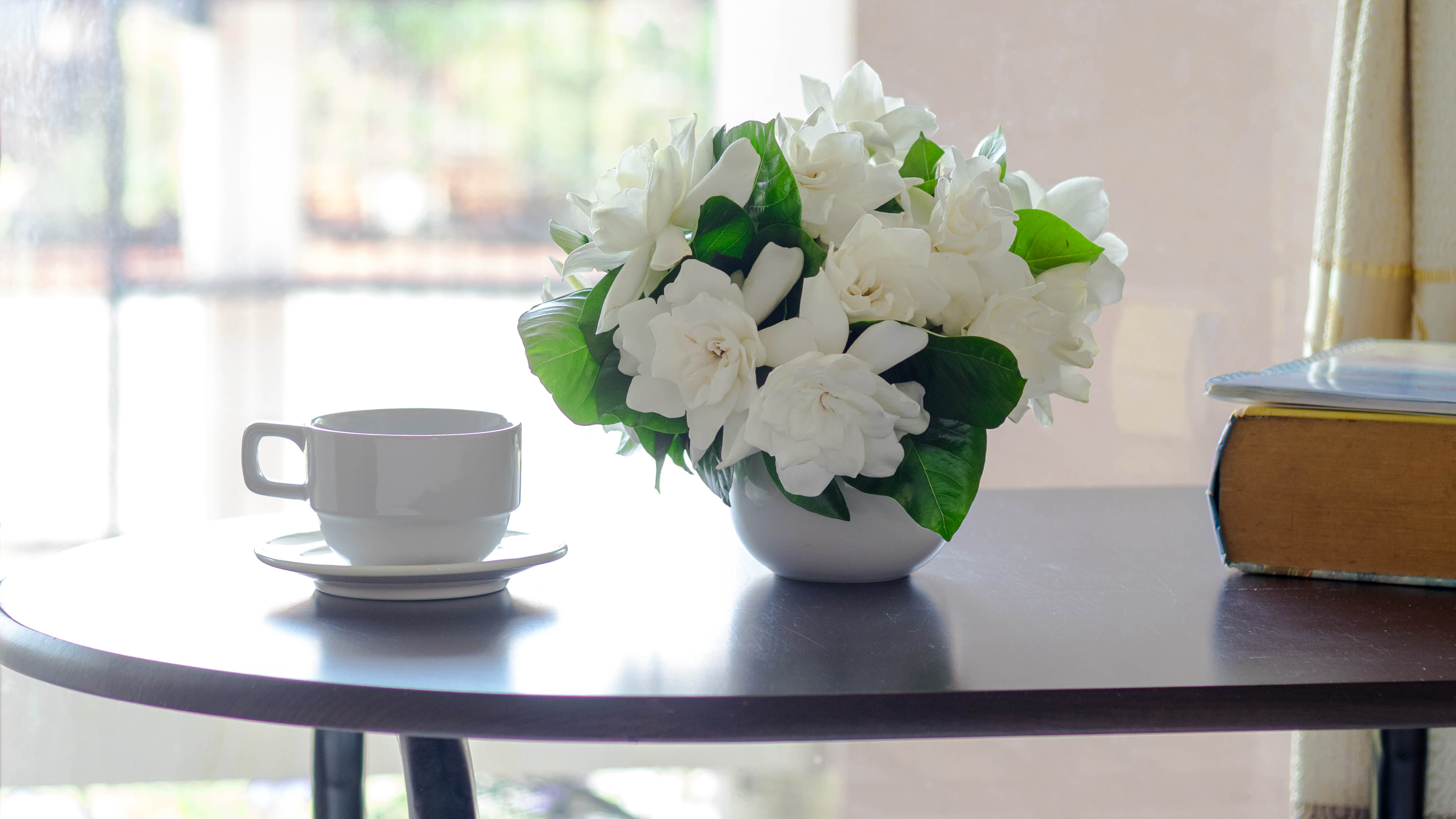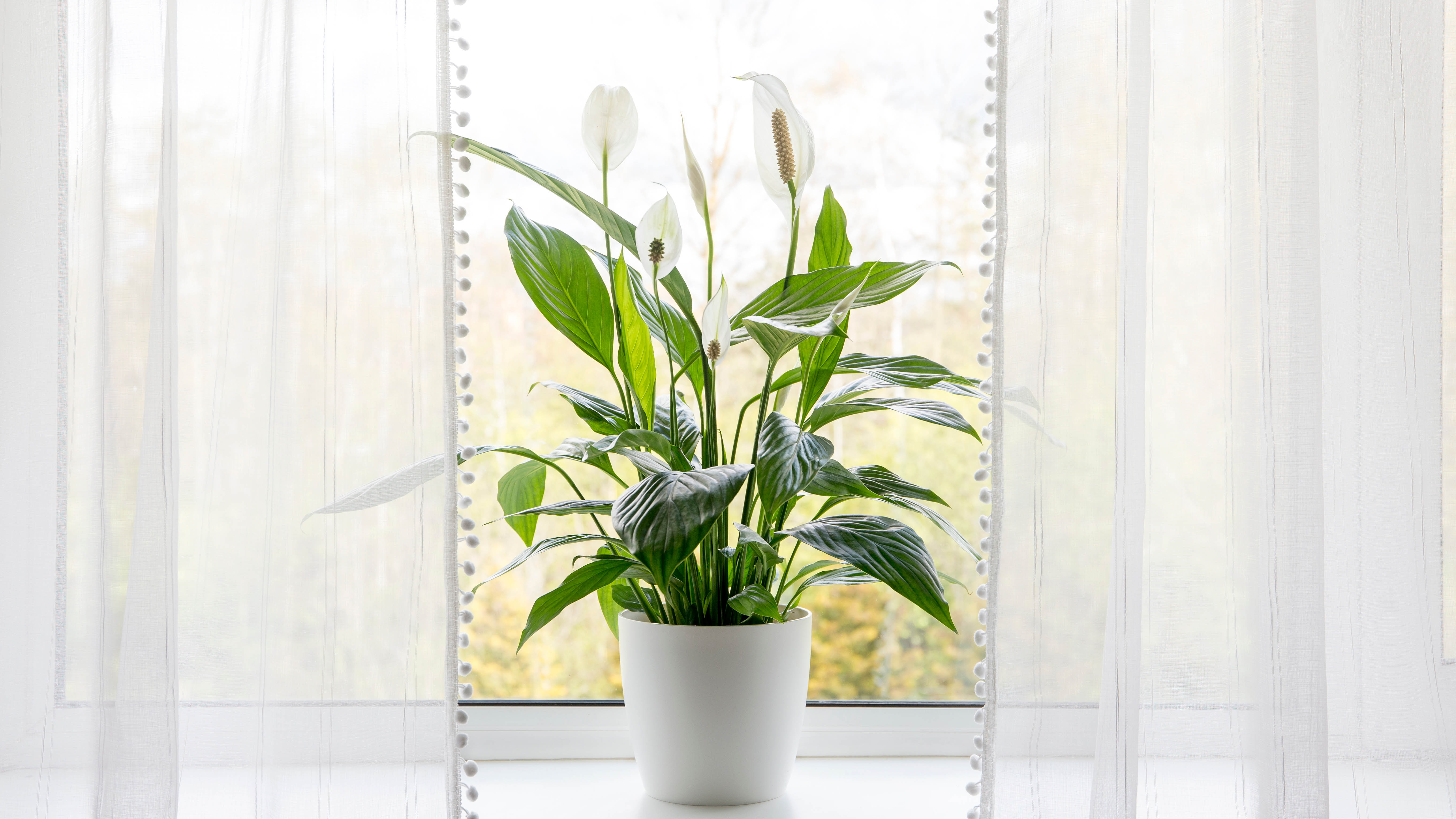5 plants that could help you sleep better
These plants are great to have in your bedroom

If you have trouble getting to sleep at night, houseplants could well be the answer. Not only do they make lovely décor for the home, but plants can also be good for your health. According to a NASA study, plants can help to purify the air through the process of photosynthesis and can remove gases and pollutants.
What's more, studies claim that having the right plant in your bedroom may improve the quality of your sleep at night. Plus, their beautiful fragrance will freshen the air and create a more pleasant environment to sleep in. So if you want to sleep soundly, check out these five common houseplants that could possibly help you keep calm and sleep on.
Also, if you have mold, these 5 houseplants will help prevent mold in your home. Be sure to also check out 7 surprising household items to help your plants grow and 7 indoor plants that will make your house smell nicer.
1. Lavender

With its recognisable scent and vibrant purple flowers, lavender is a common sleep-inducing plant. Its pleasant fragrance is known for its relaxing properties, and studies show lavender can reduce stress, anxiety levels and can even calm crying babies. Lavender is often used in perfume, and essential oil extracts from the flowers are often used for their soothing properties. Lavender plants thrive in warmth and sunlight, so ideally place on a sunny windowsill and water sparingly. If you have pets though, lavender can be toxic to cats, dogs, and horses so keep them away.
2. Jasmine

Jasmine has a fragrant, soothing scent, and you’re likely to find it in calming teas or in relaxing bath products. Studies show that jasmine can ‘encourage restful sleep’, and reduce anxiety when you wake up in the mornings. While most jasmine flowers are white, you can also find tones of yellow, light pink or ivory. Jasmine requires up to four hours per day of direct sunlight. It’s best placed on the windowsill, and kept well watered until the soil is moist.
3. Gardenia

Originally from China and Japan, studies show the gardenia’s fragrance can have a natural, sedative effect. This is ideal for encouraging a restful sleep, especially for those who suffer with insomnia. Gardenias thrive in in high humidity and bright, indirect light for at least 4 hours per day. If your bedroom isn't very humid, you can always invest in one of the best humidifiers to place next to your plant.
4. Valerian

You may find this root flower in soothing teas, but the scent of the valerian root can also improve the quality of your sleep. Studies show that inhaling the sweet fragrance can promote sleep, as valerian is believed to help with problems like insomnia and have other medicinal properties. It isn’t any wonder why it was nicknamed “heal all” in the Middle Ages. With its pink and white flowers, these attractive plants need around six hours of sun a day, so they're best kept on a sunny windowsill.
Get instant access to breaking news, the hottest reviews, great deals and helpful tips.
5. Peace Lily

This stunning, white plant is more than just a pretty flower. It’s known to increase the humidity in the air by breaking down pollutants such as formaldehyde and benzene. This is an ideal bedroom plant that could help to induce sleep. Best of all, the peace lily is a low-maintenance plant that grows best in bright, indirect sunlight and needs regular watering.
Where to place your bedroom plants?
Since sunlight is vital for plants to thrive, these are best kept on or near a sunny window sill. Bright, indirect light, such as from an east-facing window, is good for many plants. If your windows face west or south, you may need to move the plants away from the window or soften the intense light with sheer drapes or a light curtain. If you have limited space, you can also place your sleep-inducing plant near your bed or bedside table.
If all else fails, it might be good time to invest in one of the best mattresses or best mattress toppers. You may also want to upgrade your tired pillow to one of the best pillows to help you get a better night’s sleep.
Also check out the 5 houseplants that will help prevent mold in your home.

As the Homes Content Editor, Cynthia Lawrence covers all things homes, interior decorating, and garden-related. She has a wealth of editorial experience testing the latest, ‘must-have’ home appliances, writing buying guides and the handy ‘how to’ features.
Her work has been published in various titles including, T3, Top Ten Reviews, Ideal Home, Real Homes, Livingetc. and House Beautiful, amongst many.
With a rather unhealthy obsession for all things homes and interiors, she also has an interior design blog for style inspiration and savvy storage solutions (get rid of that clutter!). When she’s not testing cool products, she’ll be searching online for more decor ideas to spruce up her family home or looking for a great bargain!
